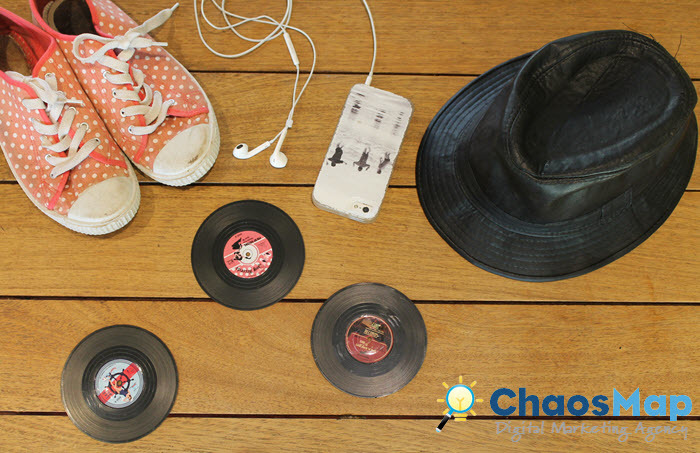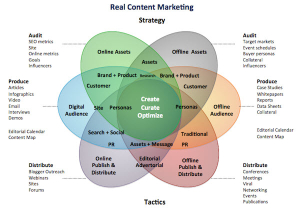Everyone makes mistakes.
And as a marketer, it’s inevitable that one will happen on the job. When those marketing blunders do occur, make sure you bounce back strong and learn valuable lessons about preventing them in the future.
Here are three strategies for recovering from three common mishaps.
1. Social Media Slips
Using trending hashtags can allow more people to see your brand’s message. However, you must choose your hashtags wisely.
For example, Entenmann’s posted a tweet reading “Who’s #notguilty about eating all the tasty treats they want?!” On that same day #notguilty was trending because of the Casey Anthony trial. Just minutes later the baked goods company tweeted an apology noting that they should have checked the trending hashtag first.
They followed up with, “Our #notguilty tweet was insensitive, albeit completely unintentional. We are sincerely sorry.”
How to Bounce Back:
In Entenmann’s case, a little research could have gone a long way. Before you tweet, get a second opinion from one of your colleagues.
And, if you do decide to go hashtag surfing with a trending hashtag in one of your posts, do your research about how that hashtag is being used elsewhere.
2. Data Breaches
Over the past few years data breaches have made headlines and have been the subject of nightly news reports. Large, well-established companies like Target, P.F. Chang’s, Albertsons, Neiman Marcus, Sony, Home Depot, and UPS were all victims of data breaches in 2014, Forbes reports.
According to Triple Pundint, fallout from the Target breach cost the retail giant $61 million. The money was spent on software updates, credit monitoring, customer reimbursement, and legal fees. But that’s not the only area where Target took a hit.
The Washington Post reported that the Target data breach completely destroyed consumer trust, leading to a 50 percent drop in the fourth fiscal quarter. Furthermore, a survey issued by Retail’s Reality found that 45 percent of consumers do not believe that retailers do enough to keep their personal information safe.
How to Bounce Back:
Whether the data breach is caused by malicious hackers or is the result of human error, a company must work to keep their loyal consumers informed. Many consumers were disappointed in the way that Target handled the breach because the retailer issued a statement three weeks after the breach was first identified. Addressing the security issue must come first, but it’s important to consider your customer’s best interest.
Companies must also inform customers how to identify suspicious activity on their account. According to LifeLock, in addition to company safeguards, consumers can protect their identities and keep their personal information safe by only providing their social security number when it’s absolutely necessary and creating strong passwords.
3. Email Marketing Mishaps
In 2011, and employee from The New York Times sent an email to 8 million subscribers with a message that was intended for 300 former members that had recently canceled their subscription. The email asked the people who recently canceled to reconsider, and offered a 50 percent discount as an incentive.
If this email campaign was executed properly, it would have been a great way to earn back subscribers. Instead, some subscribers assumed it was spam, others thought it was the work of hackers, and most unfortunate, loyal readers were enraged and sounded off about the discount.
Employees responded quickly and told their subscribers that it was simply human error.
How to Bounce Back:
This email marketing nightmare could have been avoided by double-checking the recipient list. If you’ve experienced an email marketing mishap, take note of The New York Times‘ approach. Offer an apology to your customers, and continue to provide quality service.
In this case, the best thing to do is move on. Just remember, for your next email campaign, check your list twice before you hit “send.”










